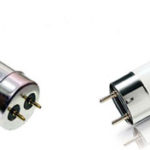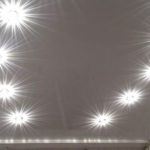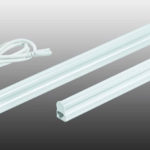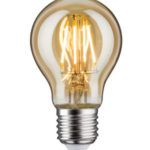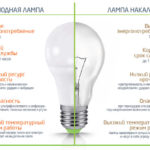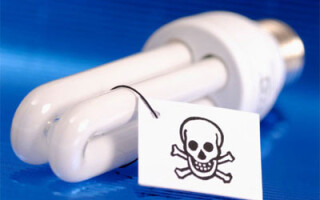Fluorescent lamps, or fluorescent light bulbs, are economical and easy to use, which made them so popular at home and in industry. However, all the positive qualities are outweighed by the fact that the disposal of fluorescent lamps is somewhat difficult. They should never be disposed of in municipal solid waste (MSW).
Contents
Why do they need to be disposed of?
The principle of operation of daylight bulbs is based on the glow of mercury vapor inside a glass tube, when an electric current passes through them. The ultraviolet radiation generated hits the phosphor layer and is converted into a spectrum of rays visible to the human eye.
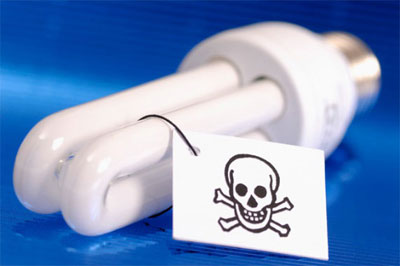
The presence of mercury obligates careful and cautious handling, since the destruction of fluorescent lamps releases toxic mercury vapor. All devices containing even small amounts of this metal are classified as Hazard Class 1 waste. These items should not be thrown in the trash, but should be disposed of properly.
Volatile mercury vapor and its water-soluble compounds are extremely dangerous to the human body. They easily accumulate and settle in various internal organs, causing deep intoxication. Not only acute chemical poisoning by poisonous mercury vapor, which most often ends in death, but also slow long-term poisoning by small and ultra-small doses is possible.
This heavy metal is a neurotoxin that adversely affects the central nervous system. The excretory, cardiovascular and immune systems as well as the organs of vision, hearing and skin are irreparably damaged. There is a correlation between fetal malformations and mercury in the mother's blood.
Warning. There is a heavy metal inside fluorescent lamps - mercury.
The microorganisms that accumulate in municipal solid waste dumps, landfills, and garbage dumps convert the trace element into water-soluble, much more toxic and chemically stable methylmercury, which contaminates the environment. Harmful compounds find their way into the soil, groundwater, and precipitation. The poisoned liquid is absorbed by plant roots and consumed by animals. Through the food chain, dangerous food reaches humans.
Not only the disposal and recycling, but also the storage of fluorescent lamps should be carried out with the utmost care. If the tightness of the glass envelope is broken or there are cracks in other elements of the structure, harmful vapors instantly leak out.
Where should I put it?
Mercury-containing lighting fixtures are subject to mandatory disposal or recycling, so at the end of their useful life, they must be handed over to special collection points. Each collection point is equipped with a sealed, tightly sealed container for storing fluorescent lamps to prevent harmful components from entering the environment. From the collection point, the daytime lamps are picked up by specialized recycling firms and taken to production sites where they are crushed and then thermally or chemically demercurized.
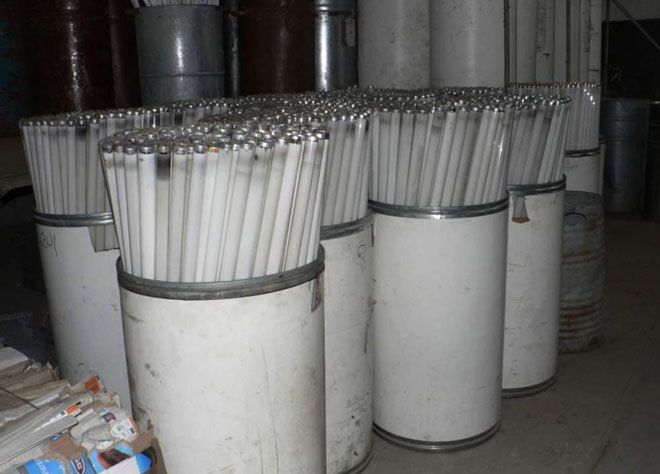
Large commercial and industrial companies conclude contracts for the removal of fluorescent lamps directly with the contractor. They cooperate on a fee basis and work with large volumes of waste.
The following organizations accept waste devices from the population:
- local management companies (HMOs, tenant associations, REU, etc.);
- Environmental city organizations;
- large shopping centers selling electrical products or goods for repairs.
The cost of disposal of fluorescent lamps in some regions of Russia
Demercurization of fluorescent lamps is a complex and costly technology that requires the investment of large sums of money. Private individuals are extremely difficult to require payment for this service, because most people do not have enough awareness. But there is a minimum cost for businesses that dispose of mercury-containing elements for recycling and disposal, which allows the recycling process to be profitable.
Calculation of prices for the disposal of 1 waste fluorescent tube in some Russian cities is as follows:
Table 1. The cost of recycling mercury-containing lamps in Russian regions
| City | Recycling price |
|---|---|
| Novosibirsk | from 16 rubles |
| Barnaul | 18 rubles |
| Omsk | 15 rubles |
| Yekaterinburg | 16 rubles |
| Tyumen | 15 rubles |
| Kazan | 18 rubles |
| Chelyabinsk | 15 rubles. |
| Lipetsk | 15 rubles. |
| Perm | 18 rubles |
| Volgograd | 15 rubles |
| Yaroslavl | 15 rubles |
| Saint Petersburg | 20 rubles |
| Saratov | 18 rubles |
| Moscow | 18 rubles |
Each region has its own individual approach to solving this problem at the local level, so the cost of services is different. Free recycling of lamps is organized for individuals.
The collection point is far away
In large cities, collection points for end-of-life daytime lamps can be found quite easily. In some regions, there are even eco-mobiles that drive along a pre-selected route and collect products for recycling. But in small settlements sometimes it is not easy to do this, sometimes there is simply no way to go to a faraway collection point.

In this situation, a special sealed container (polyethylene bag, container or box) is used in which the mercury-containing elements are packed. The rigid design should exclude depressurization of the package due to careless handling. It is then placed in a place inaccessible to small children and pets. It is better to choose a collection point in advance, where to surrender the harmful products at the first opportunity. Lamps can be stored in this way for up to six months.
What to do if the lamp is broken at home?
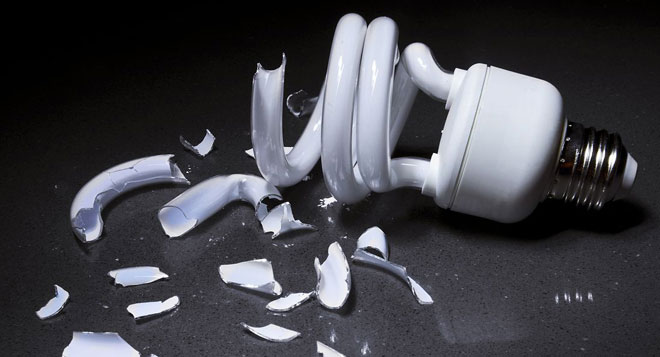
If suddenly the lamp bulb fell out of his hands and broke, then you should do as follows:
- Immediately remove people and animals from the room.
- Close the door to the room tightly. If there is no door, the doorway should be covered with a wet cloth.
- Then open the windows wide for 20-30 minutes to ventilate the room. The doorway should be hermetically sealed so that the resulting airflow does not carry poisonous vapors into other rooms.
- Protect the respiratory tract with a medical mask or damp cloth and only then begin cleaning.
- Wear rubber protective gloves and use two pieces of thick paper or cardboard to pick up large splinters of the flask.
- Powdered phosphor and small glass chips are collected with plasticine, adhesive tape (tape) or a wet sponge to prevent the spread of harmful substances throughout the room. Vacuuming is strictly prohibited.
- Damp-clean the room with chlorine-containing products (Domestos, Belizna, etc.).
- Wipe shoes, especially soles, with damp paper towels or a towel.
- Collect used sponges and rags and all parts of the broken lamp in a tightly sealed plastic bag or container. Then take them to a recycling center. Do not throw them in the trash, trash chute, or flush them down the drain.
- If hazardous particles come into contact with clothing, curtains or bedding, they should be removed, wrapped in plastic and not used until you consult with experts who will determine the degree of danger.
Even if everything has been done correctly, you need to call the Ministry of Emergency Situations or specialists from the environmental laboratory to monitor the content of mercury vapor in the room air (the maximum concentration is 0.0003 mg/m3). Mercury vapors are odorless and colorless, so without the use of specialized equipment their presence in the surrounding air cannot be determined. If necessary, additional treatment of the room with special compositions is carried out.
Related articles:
